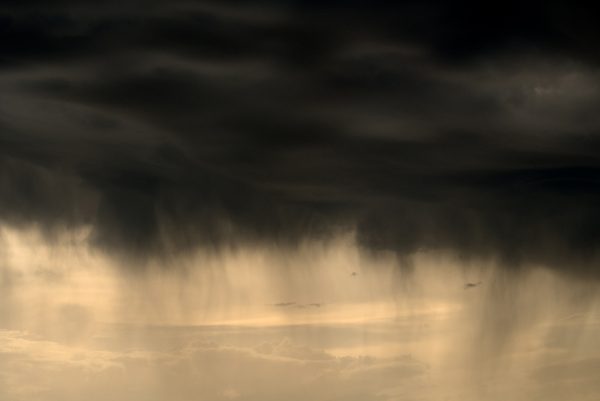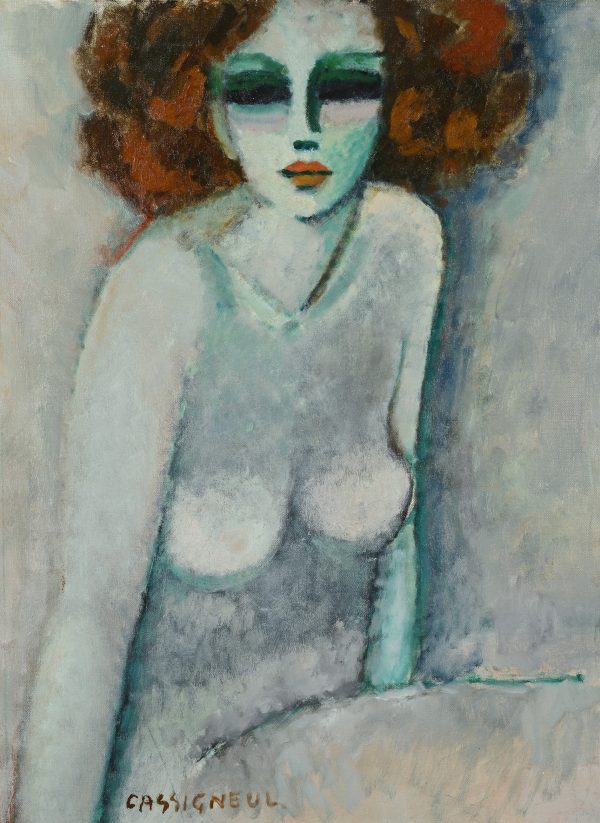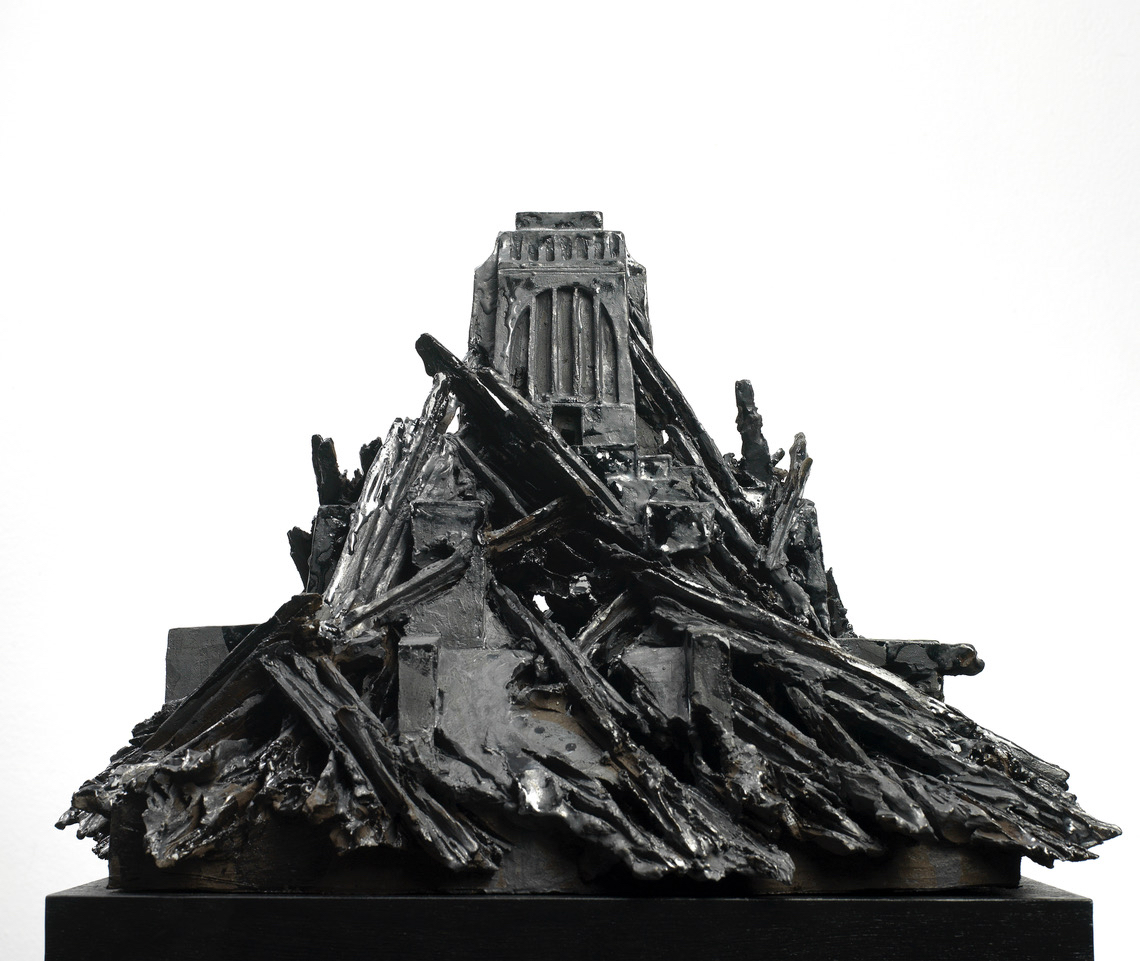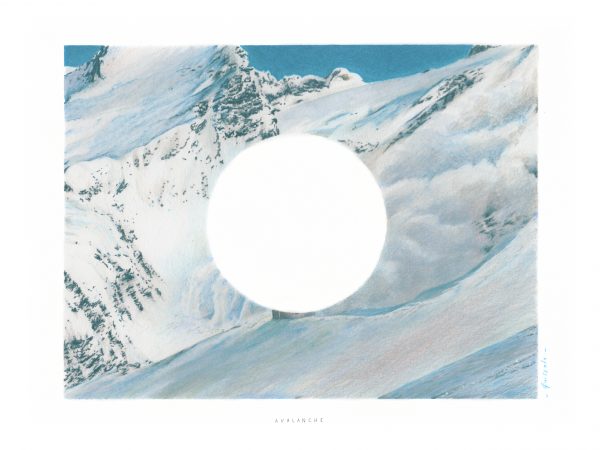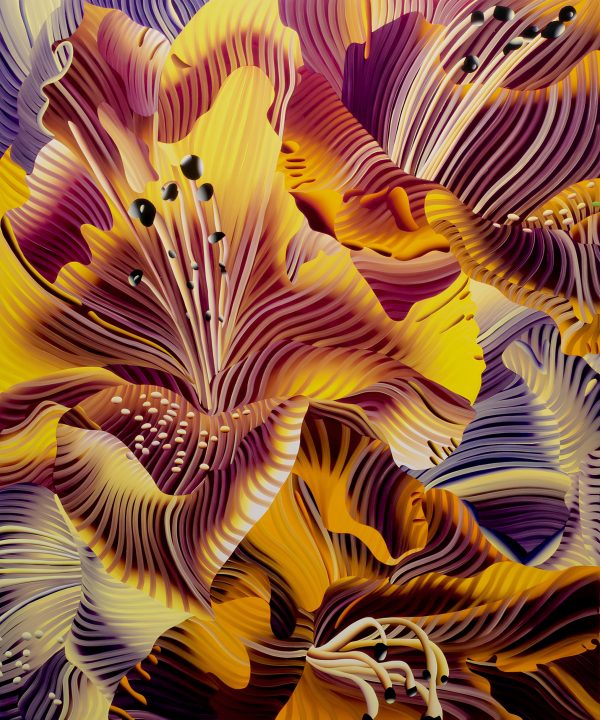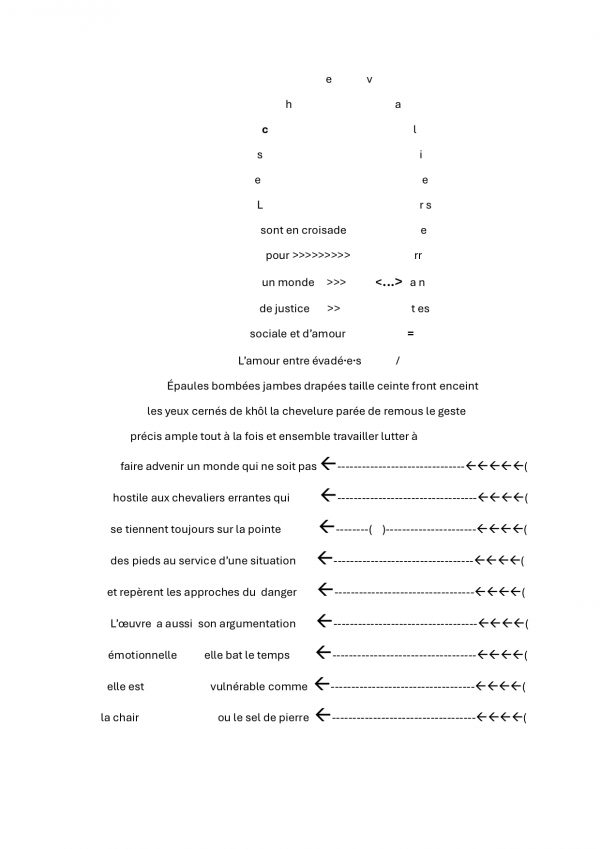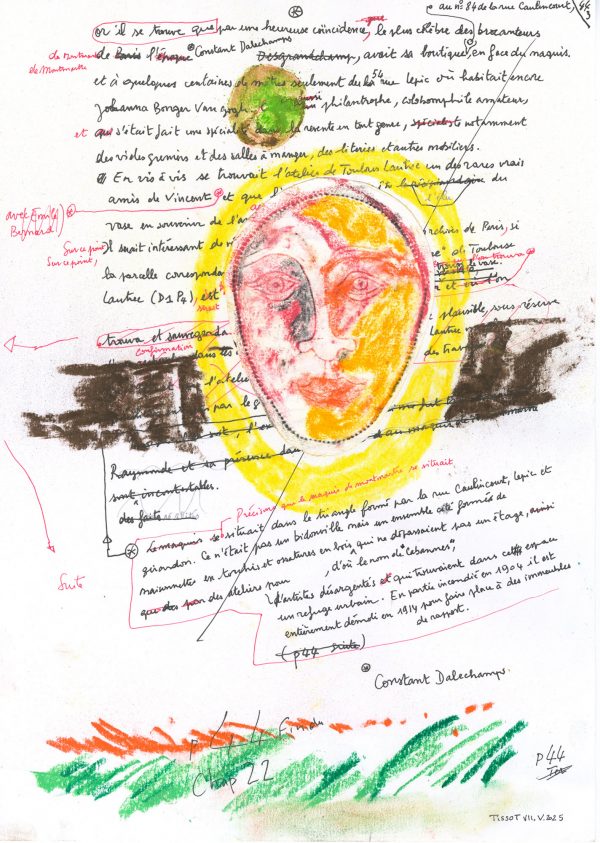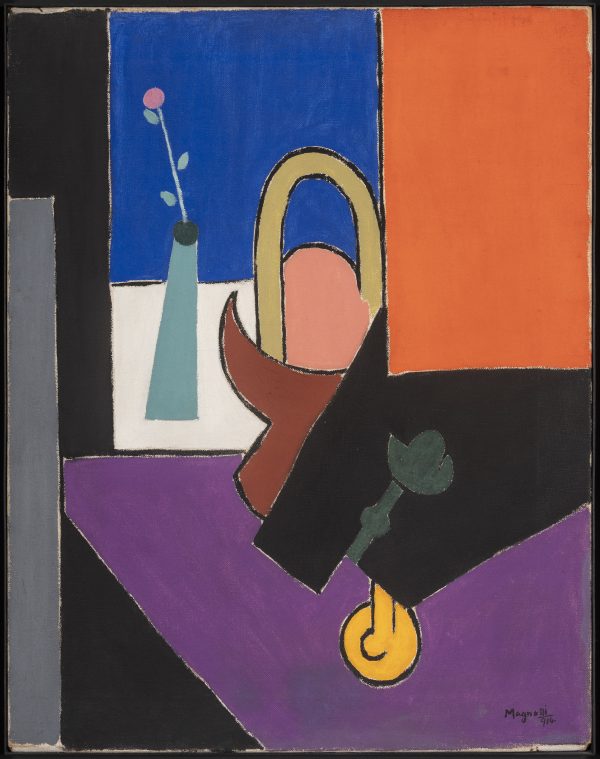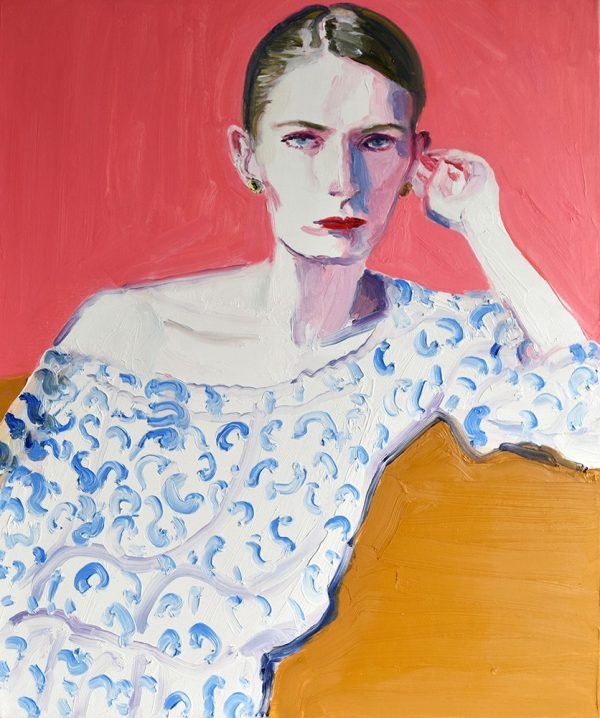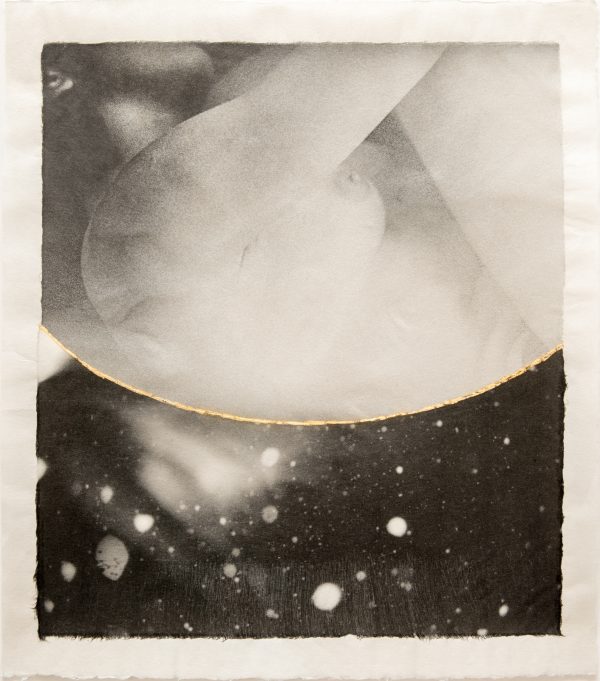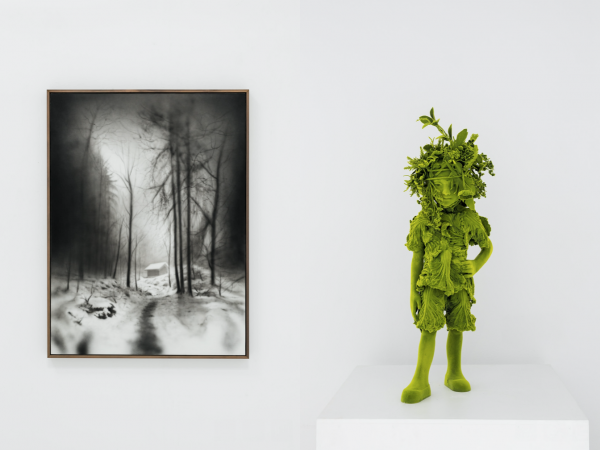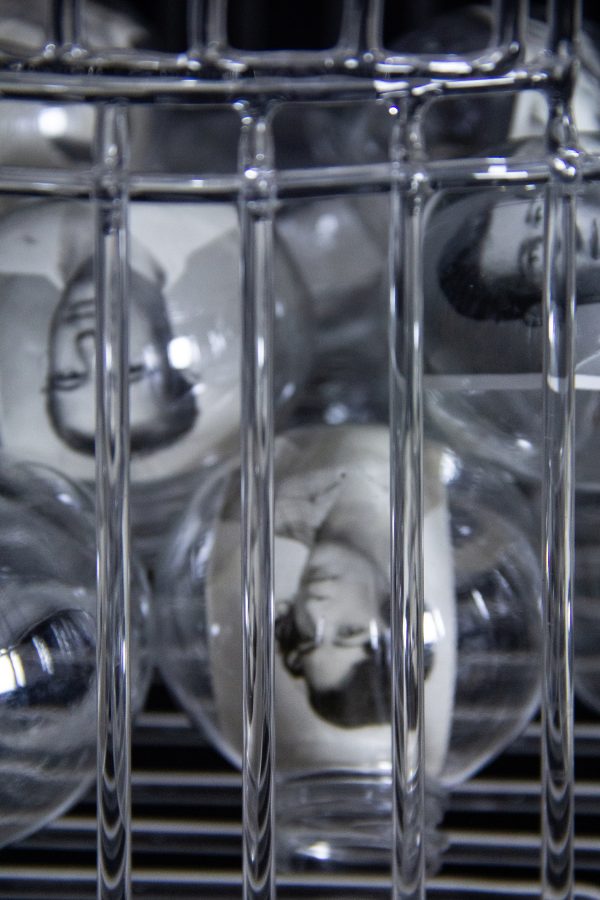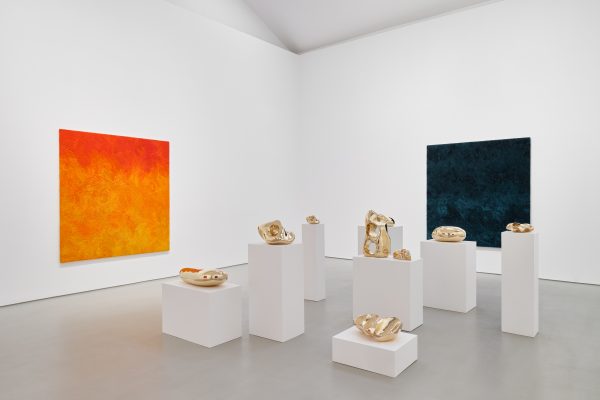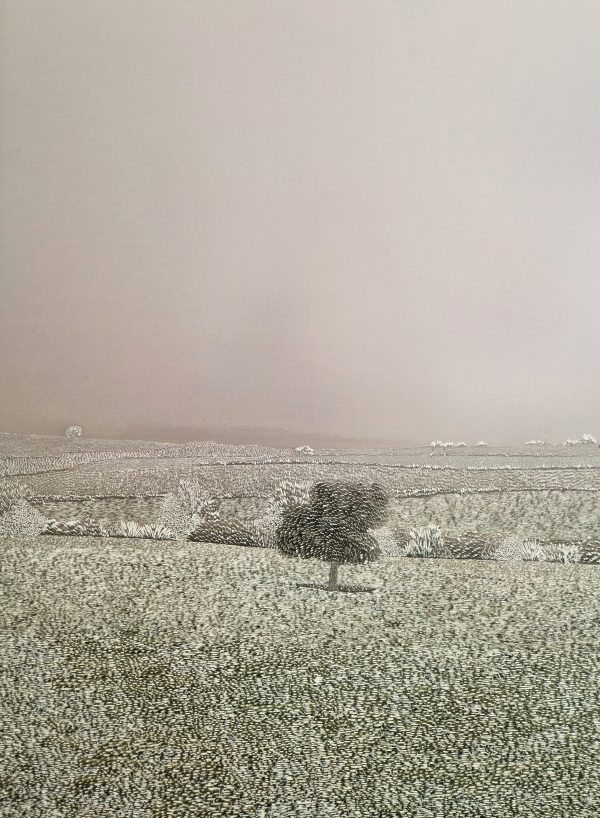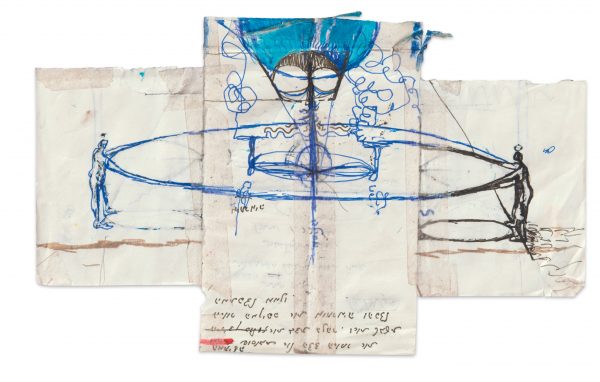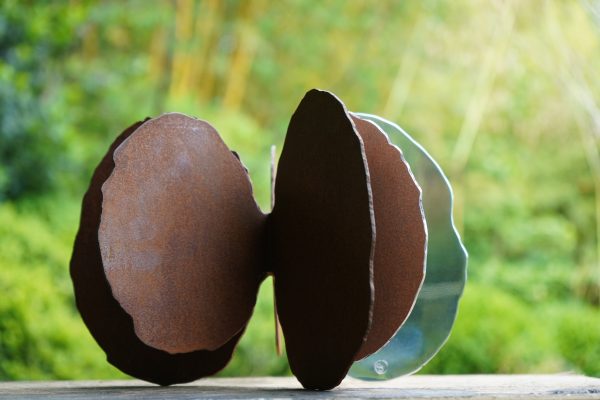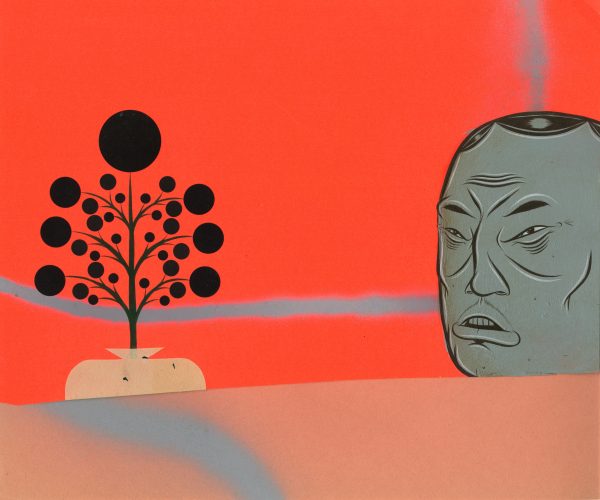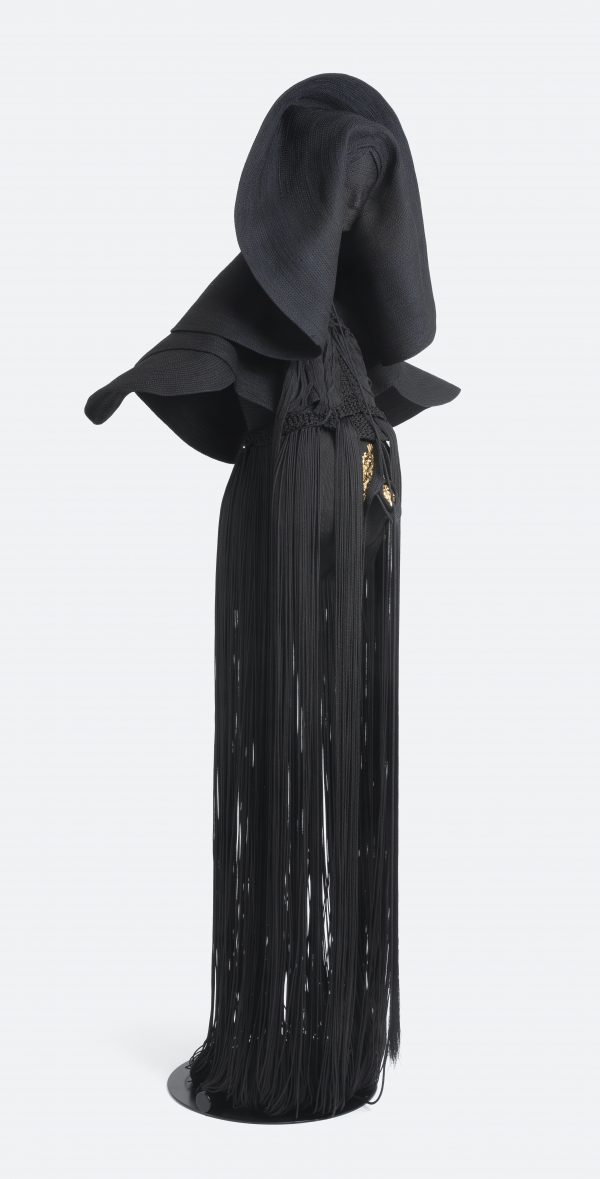Galerie Suzanne Tarasieve
Anne Wenzel, Otto Dix
--
"Anne Wenzel x Otto Dix"
Anne Wenzel, Requiem of Heroism (monument II), 2010, Ceramic and wood, 45 x 63 x 58 cm, Courtesy of the artist and and Galerie Suzanne Tarasieve, Paris
For the first time, Galerie Suzanne Tarasieve brings together the works of Otto Dix and Anne Wenzel in a dialogue on representations of war and its consequences.
Otto Dix’s drawings and engravings, created after his experience at the front during the First World War, offer a straightforward, frontal view of the ravages of the conflict. He recorded bruised bodies, scarred faces and destroyed landscapes, composing a powerful and lucid testimony to the brutality of his time.
Echoing this, Anne Wenzel’s ceramic sculptures question the figure of the war hero. In her Damaged Goods, Silent Landscape and One Requiem of Heroism series, she presents broken busts, cracked monuments and silent landscapes that reflect the ambivalence between memory and erasure, glory and decline.
This encounter between two German artists from different generations reflects on how history shapes our view of war, between testimony and contemporary re-reading.
Group show of Anne Wenzel and Otto Dix
From May 17th to June 21st, 2025
The gallery
After running for 25 years a gallery outside of Paris in Barbizon, Suzanne Tarasieve opened her first space in Paris in 2003, in the Louise Weiss neighborhood. In 2008, she opened a second space, LOFT 18, offering temporary exhibition and a residency program in order to support artists from abroad.
In 2011, Suzanne Tarasieve moved her main gallery space to Le Marais, showing established and emerging artists, with an international exhibition program underlining the great historical transformations of the XXth and XXIst century.
The gallery produces and exhibits works spawning from german neo-expressionism to recent works by emerging artists. Through a cooperative and horizontal approach, the gallery is committed to supporting artists in the development of their projects and fostering encounters and dialogues between artists of different generations, exhibition curators, institutions, and journalists.
After the passing of Suzanne Tarasieve in December 2022, the gallery is taken over by her four employees who perpetuate the work of the now legendary founder.
Gallery artists
Georg Baselitz, Jean Bedez, Romain Bernini, Alkis Boutlis, Alin Bozbiciu, Thomas Buswell, Gil Heitor Cortesão, Neal Fox, Russell Crotty Nina Mae Fowler, Recycle Group, Le Gun, Jörg Immendorff, Eva Jospin, Mari Katayama, Benjamin Katz, Jürgen Klauke, Youcef Korichi, Markus Lüpertz, Shanthamani M., Boris Mikhaïlov, Lucien Murat, Ed Paschke, A.R. Penck, Tim Plamper, Sigmar Polke, Léopold Rabus, Pierre Schwerzmann, Terry Taylor, Juergen Teller, Anna Tuori, Anne Wenzel
Galerie sélectionnée par Anaël Pigeat
